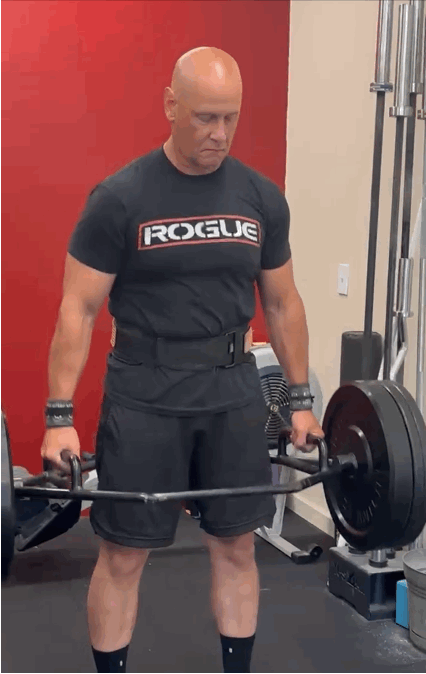What is Visceral Fat, why should I care about it, and what can I do about it?
- Brian Miller

- Sep 21
- 3 min read
Updated: Sep 24

The fat on a body can be divided into two basic categories: Visceral Fat and Subcutaneous Fat (or everything else).
Subcutaneous fat is more of a jiggly fat that is observable just under the skin. It is most prevalent around the mid-section on men, the hips and buttocks area on women and, on some people, the upper arms. Generally, you’re able to pinch subcutaneous fat and it becomes visible when wearing restrictive clothing which presses into the body, such as a belt or bra.
The fat we are discussing in this article is Visceral Fat, which is inside the abdomen, surrounding internal organs like the heart, stomach, and liver. Rather than being jiggly or loose, a significant amount of Visceral Fat on a body more resembles a protruding balloon fitting tightly under the skin, causing what might commonly be referred to as a “beer belly” or a pregnant appearance.
Excessive Visceral Fat is linked to many negative health issues - Cardiovascular Disease, Respiratory Illness, some types of cancer such as colorectal, ovarian, and post-menopausal breast cancer, and other issues such as insulin resistance, fatty liver disease, diabetes, and other metabolic diseases.
The location where visceral fat occurs is what makes it so dangerous. Due to the high prevalence of blood vessels in the abdomen, visceral fat and other abdominal fat are more metabolically active, meaning it is a lot easier for it to access the bloodstream, allowing fatty acids and inflammatory molecules to enter.
This causes persistent systemic (whole body) inflammation and promotes the buildup of plaque in the arteries, causing high blood pressure and risk of blood clots, strokes, and cardiovascular disease, which is one of the leading causes of death for both men and women in the United States.
This inflammation can restrict airways and add to pressure from any existing obesity, making it harder to breathe, fostering respiratory diseases such as asthma, chronic obstructive pulmonary disease (COPD), and interstitial lung disease (ILD) just to name a few.
Clearly, excessive visceral fat is bad; even dangerous, but what can be done about it?
Genetic factors and sex hormones, such as testosterone and estrogen, play a vital role in where fat is stored in the body, determining whether fat becomes visceral fat or subcutaneous fat. Accordingly, having hormones optimized reduces the amount of fat that is stored as visceral fat.
Ultimately, the best method of reducing visceral fat is to reduce all fat, overall, on the body.
And here, there are no secrets or shortcuts. What is needed is a clean, healthy diet, including cutting processed foods and alcohol; exercise, including strength training and cardio; stress management, and sufficient sleep. In short, you must put in the work. This is why any complete hormone optimization therapy should include a fitness component. It is essential to get the most out of your therapy.
Is working to reduce excessive visceral fat worth the effort? The short answer is, “yes”. In fact, your life may very well depend on it. Cutting visceral fat is not only an investment in longevity, it is critical to living life to it’s fullest during the years you do have.
To determine where you stand as far as visceral fat, a body scan, such as the 3D body scanner at Precision Health Alaska is a good place to start.
Written by Brian Miller, Health Coach | Helping people take control of their health, reduce risk factors, and live life with energy and purpose.



